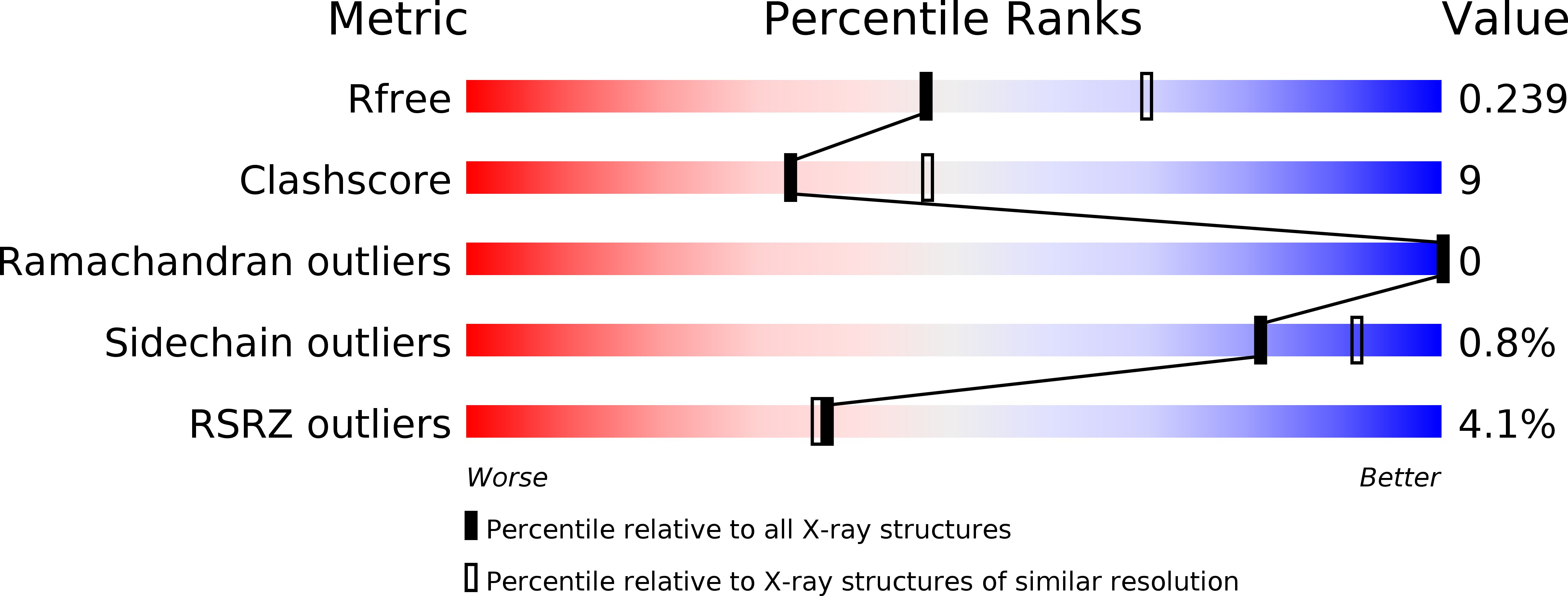
Deposition Date
2015-07-14
Release Date
2016-06-29
Last Version Date
2023-11-08
Entry Detail
Biological Source:
Source Organism:
Bacillus halodurans (Taxon ID: 272558)
Host Organism:
Method Details:
Experimental Method:
Resolution:
2.41 Å
R-Value Free:
0.23
R-Value Work:
0.18
R-Value Observed:
0.18
Space Group:
I 2 3


